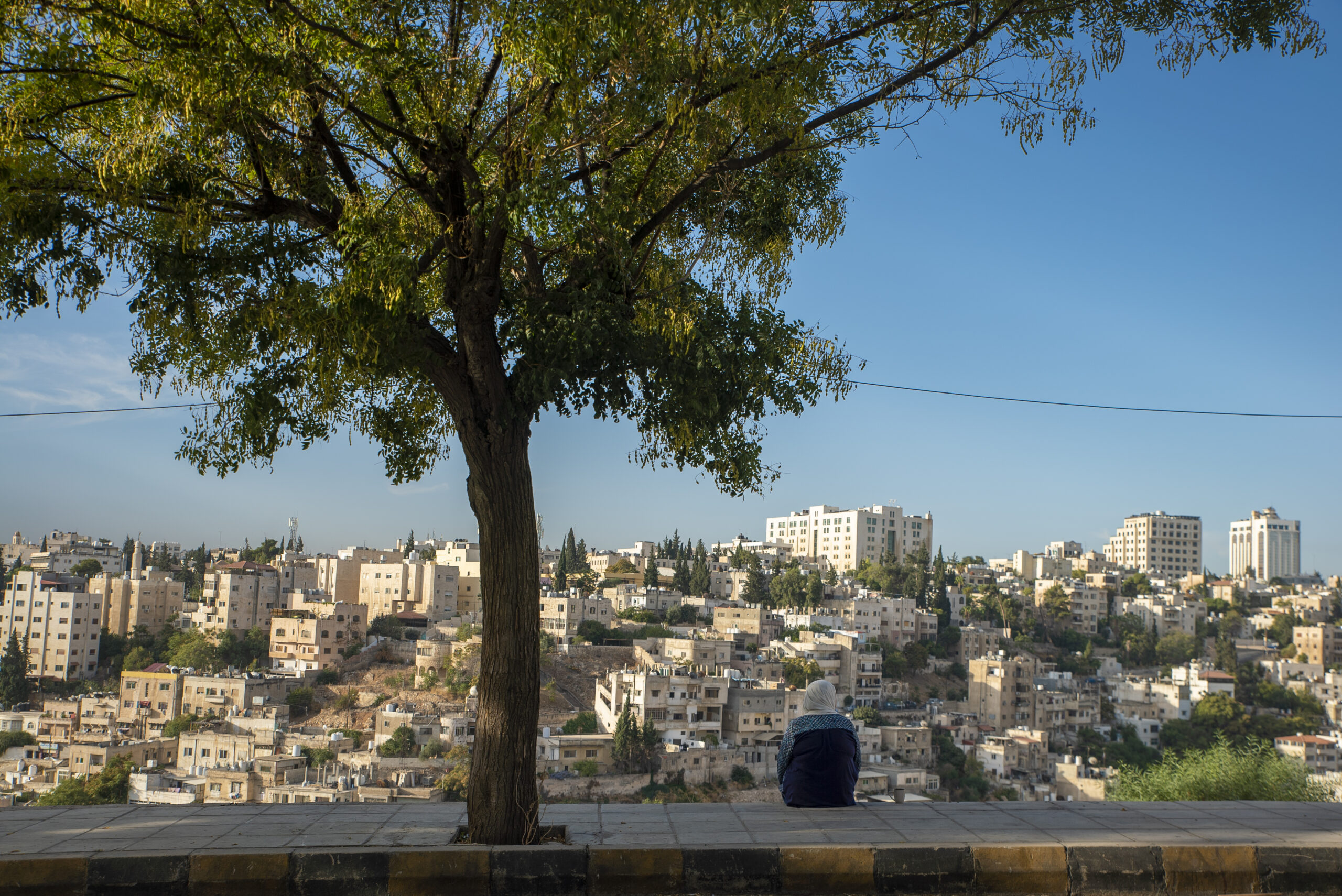Artist: ERIK HOUGEN
Curated by: JEFF BERGMAN

In reference to photography, Roland Barthes wrote that its unique position among art was that it referred directly to something “that has been.” Erik Hougen’s paintings hint at that premise; they offer places both familiar and alien, which forces the part of our brain that codifies and organizes images to guess where and when. This dialogue, or rather confusion, between viewer and image is exactly what the artist is working towards. Hougen invites us to a location and time that may not exist. The mind attempts to classify the exact place, but ends up submitting to a notion of place.
In paintings and works on paper, Hougen makes a place, but it is never considered a specific place. For example, in Bayonet Trials (above), large-scale watercolor, Hougen presents a seaside motel, but from the vantage point of an approaching car. Wet rain slicks the pavement and a few doors, brick facade and roofing are visible. A pair of seagulls flies overhead and hints at the proximity to water, though we see only gray open sky. It is nowhere and maybe many places at once. No more information will be provided; no clues forthcoming.
An airstrip and a mountainous foothill nestle together in page 167, invoking an improbable, unsafe intimacy. Airplane tail fins and scrub brush overlap, signaling the artist’s negation of documentary purity. Two Days North draws landscape in silhouette. Trees, near and far, and the bright white snowy ground are all suggestions. Even the power line is interrupted, or rather fades from view, disrupting the continuity. All of these landscapes are devoid of people. The makeup of these images, washed out or gauzy, read as past and possibly forgotten places; they dissolve place.
Erik Hougen seeks to exploit this solitary notion of place by presenting anonymous space, detached from the original purpose of the photographic document. A narrative develops without much information to work with. Hougen strips out even more information by manipulating tones to leave us no notion of the images’ era of origin. What is left is place, distilled and presented as the embodiment of estrangement. With an explorer’s spirit, Hougen’s composition reminds us that looking will always lead to finding.

PAGE 167

TWO DAYS NORTH

CRADLED PASSING

FRECKLED ROOMS

SAWBONES

STRAP HANDLE
Erik Hougen has exhibited at Planthouse, The Smithsonian National Portrait Gallery, Bronx Museum, IPCNY, The National Arts Club, and Kunsthalle Galapagos.
Jeff Bergman is currently Associate Director at Pace Prints in Manhattan.



